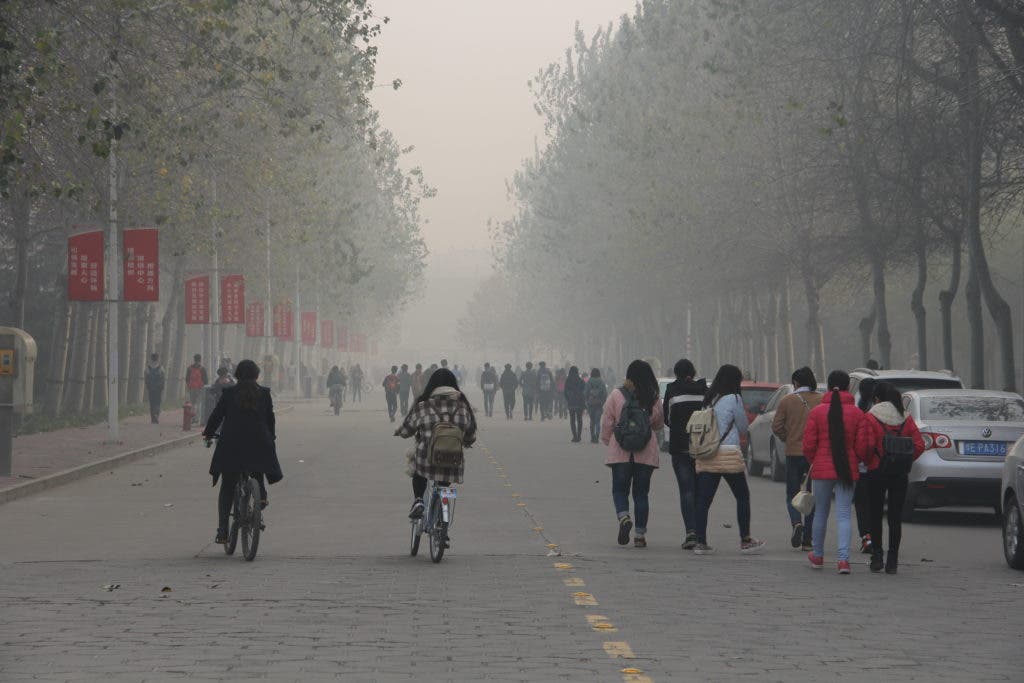While still heavily relying on coal, China has taken large strides on renewable energy and is now the largest worldwide consumer of solar electricity. It has an installed capacity of 130 gigawatts, which hopes to expand to 400 by 2030.

But solar power has recently found a new and unexpected barrier against its expansion: air pollution. Air pollution has become so unbearable in China that oftentimes, the sun can’t reach the solar panels, according to a new study published in Nature Energy.
The amount of energy generated through solar power has declined between 11 and 15 percent due to air pollution, which is among the worst in the world. In Beijing, the concentration of deadly fine particulates in the air was six times higher in 2017 than the limits suggested by the World Health Organization (WHO).
“China is the world’s largest market for solar energy now, and China will play a crucial role in the global shift to clean energy, which we need to prevent catastrophic climate change,” Stefan Pfenninger, a senior researcher at the Swiss Federal Institute of Technology in Zürich and co-author of the study, said.
China has taken steps to clean its air since 2013, implementing a number of policies and measures. Trends in air pollutant emissions show a considerable decrease in most cities, but still far from the WHO standards. In March, Chinese Ecology Minister Li Ganjie described the situation as “grim and with “a long way to go.”
Reducing air pollution and improving air quality back to the average levels of the 1960s would mean China must generate between 12 and 13 percent more solar electricity, the study said. This would lead to economic benefits of up to US$6.7 billion in 2030, encouraging even more renewable energy in the country.
“China is already achieving a lot in terms of air pollution control. The main drivers for this are the severe health effects of strong air pollution. However, China still has a long way to go – and a lot to win,” said Bart Sweerts, an energy researcher at the Swiss technology institute and the study’s lead author.



